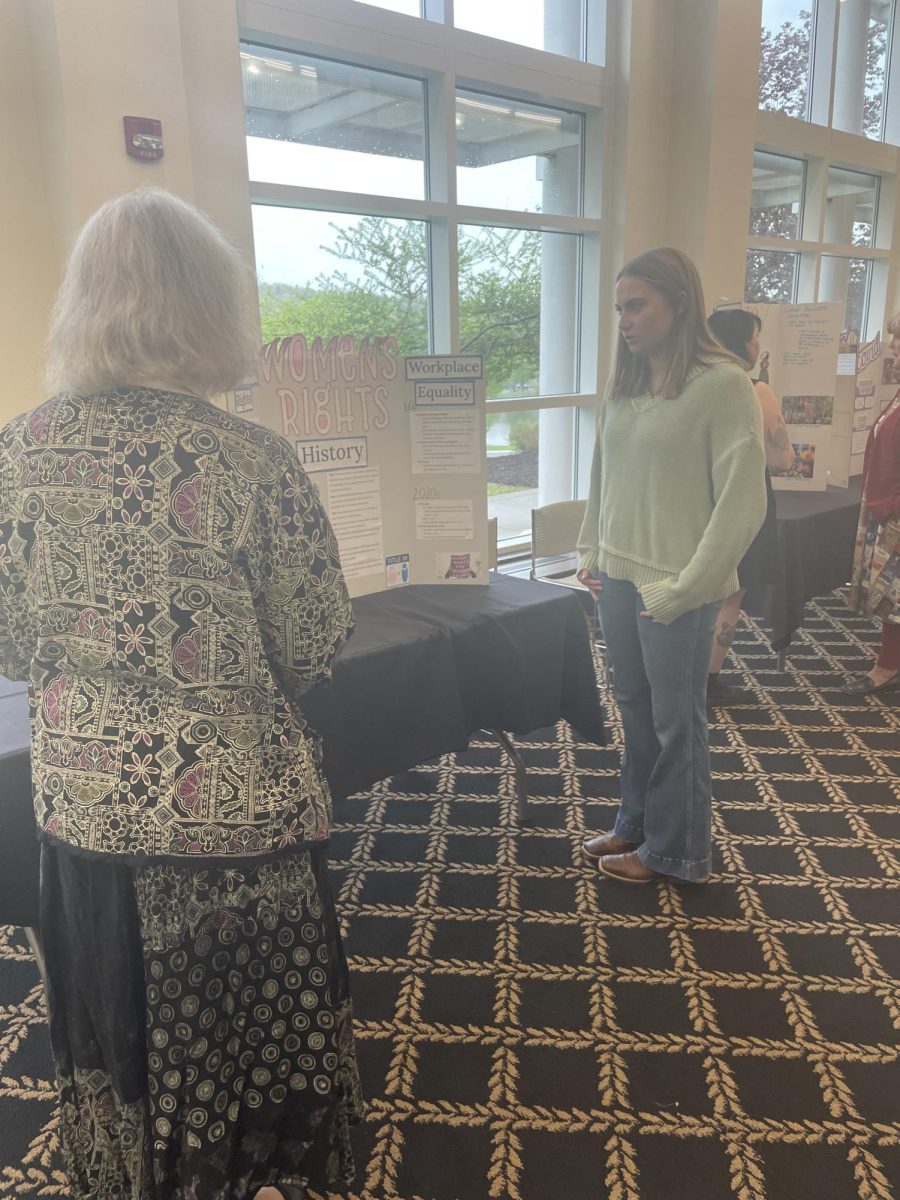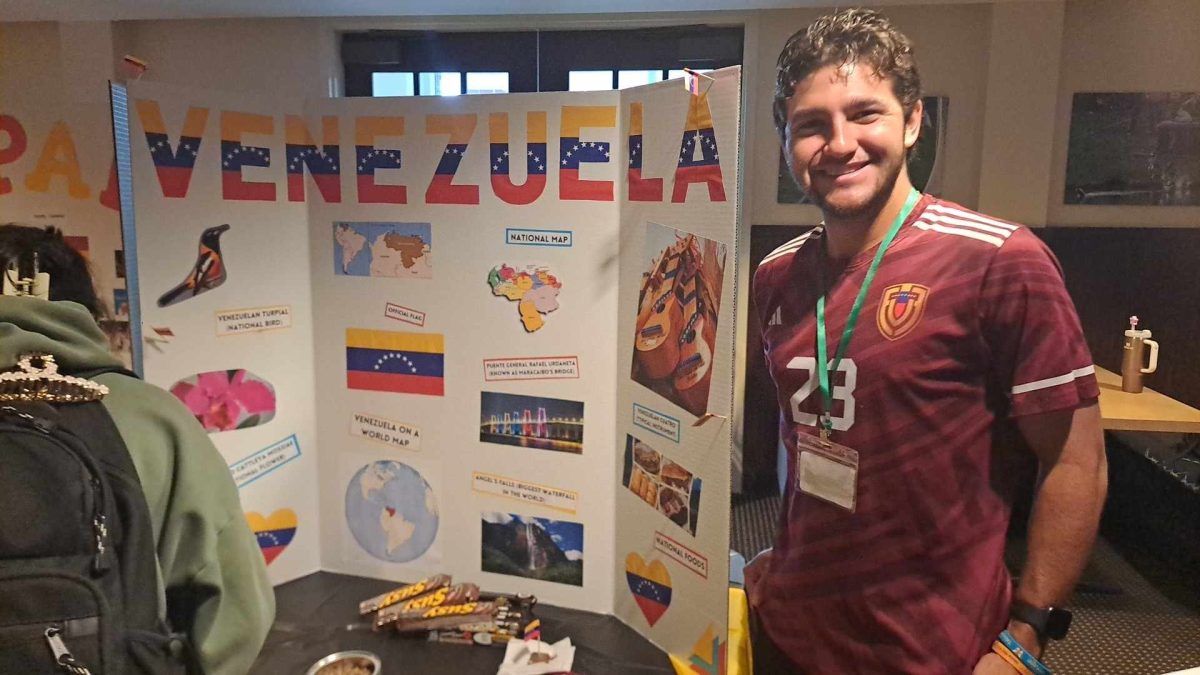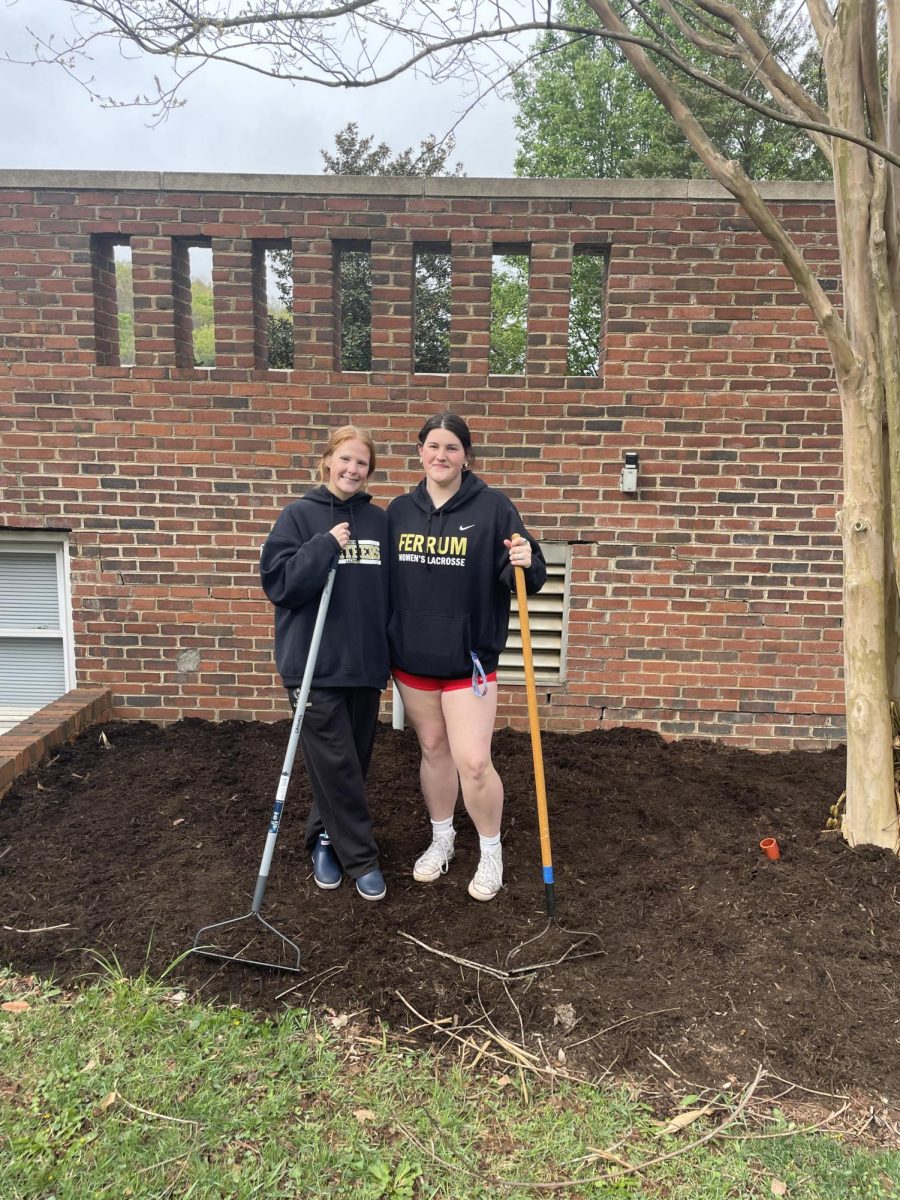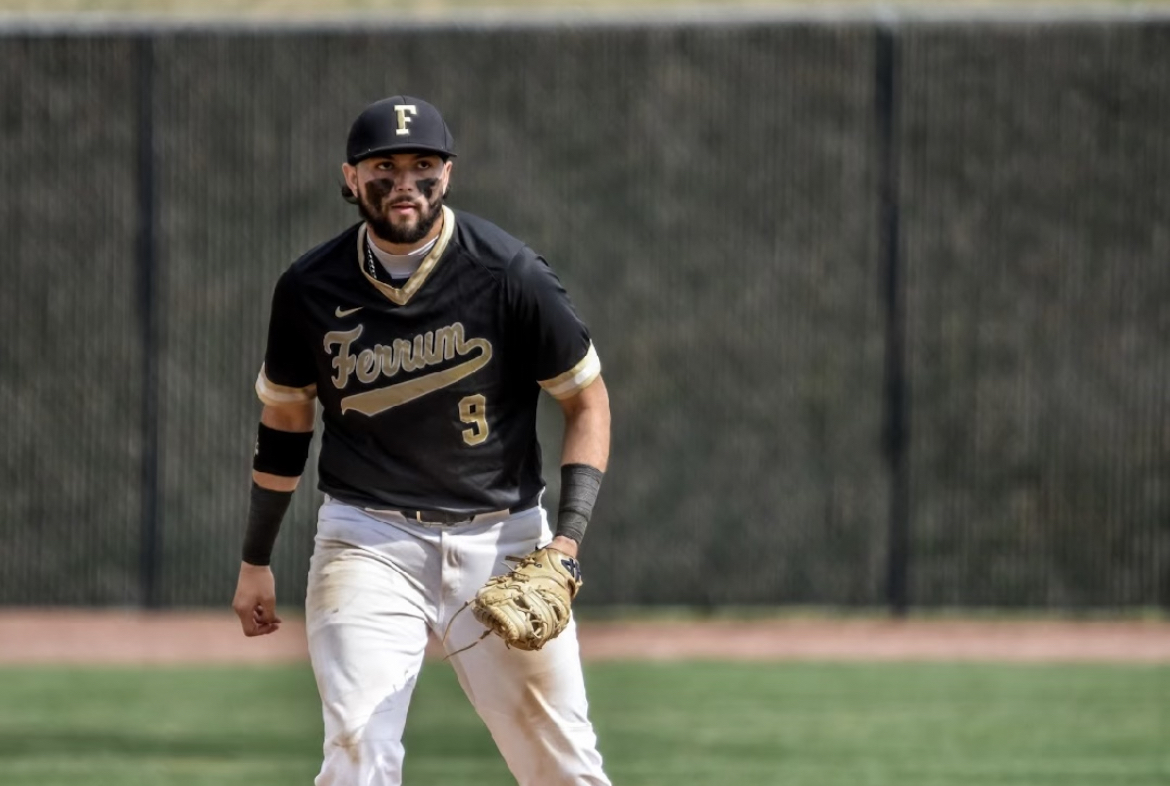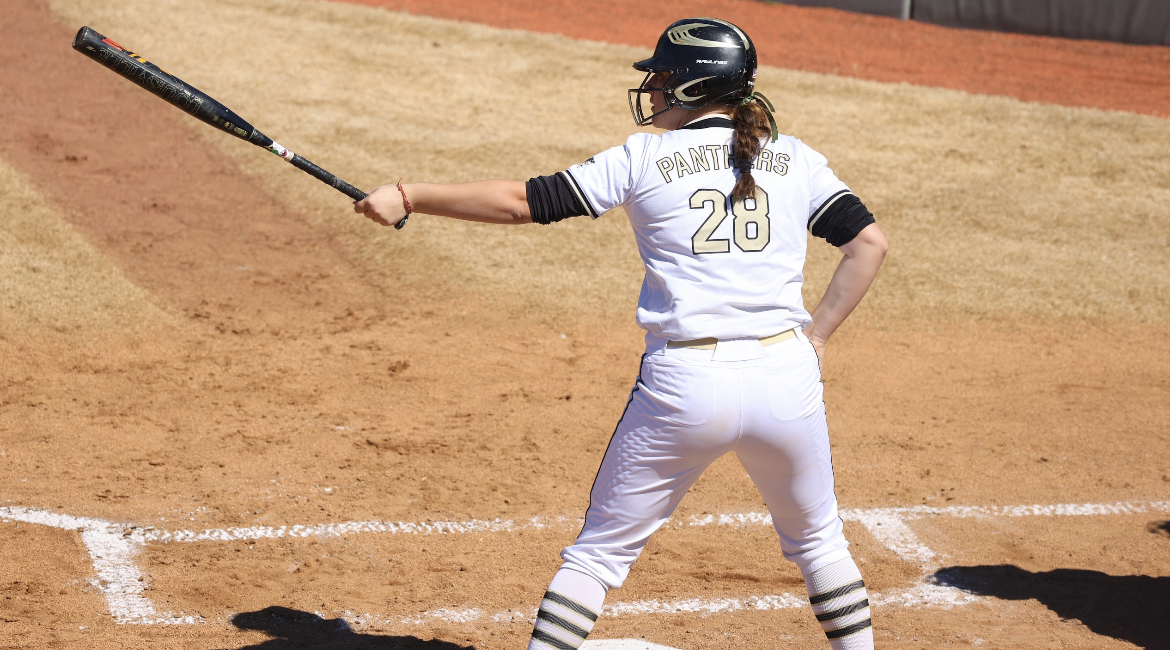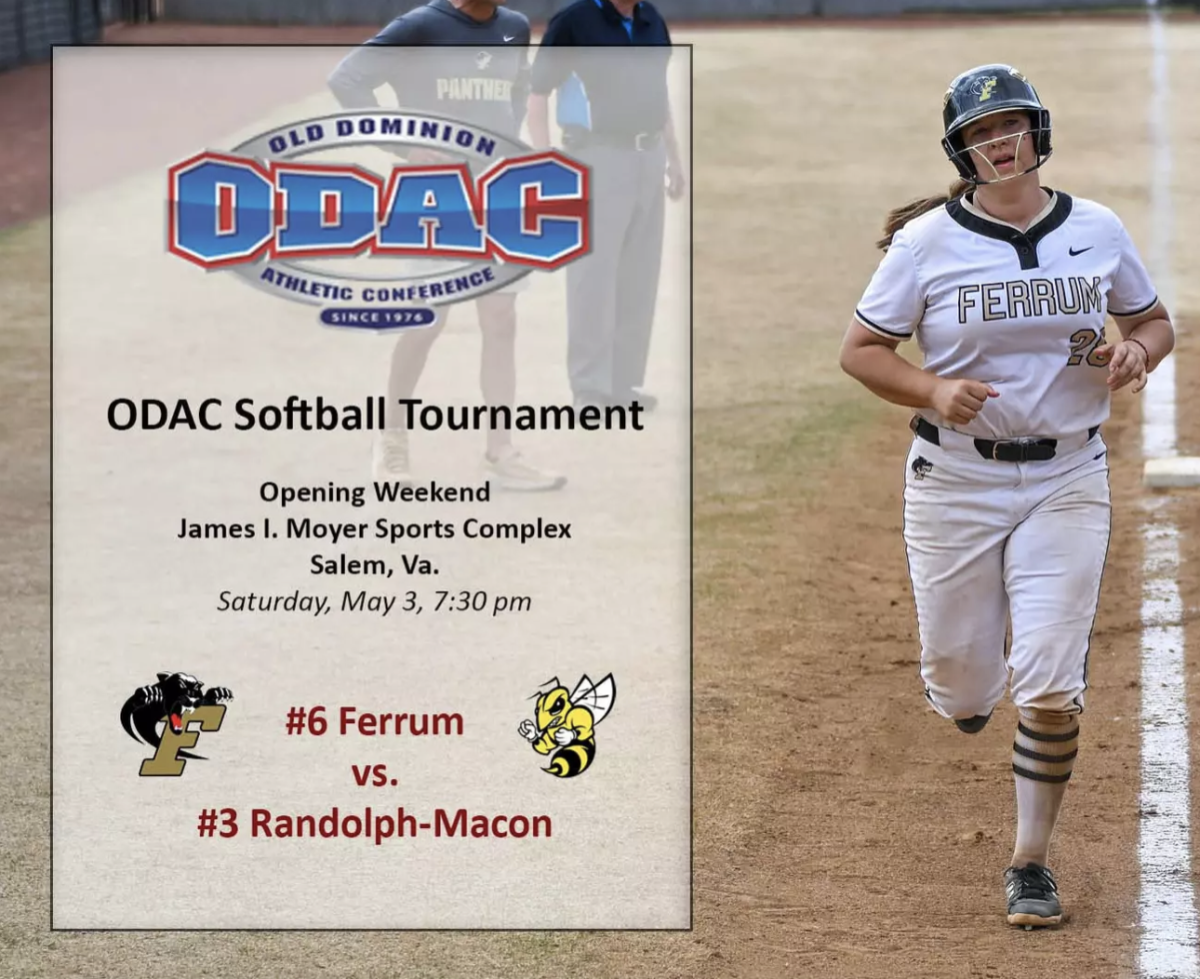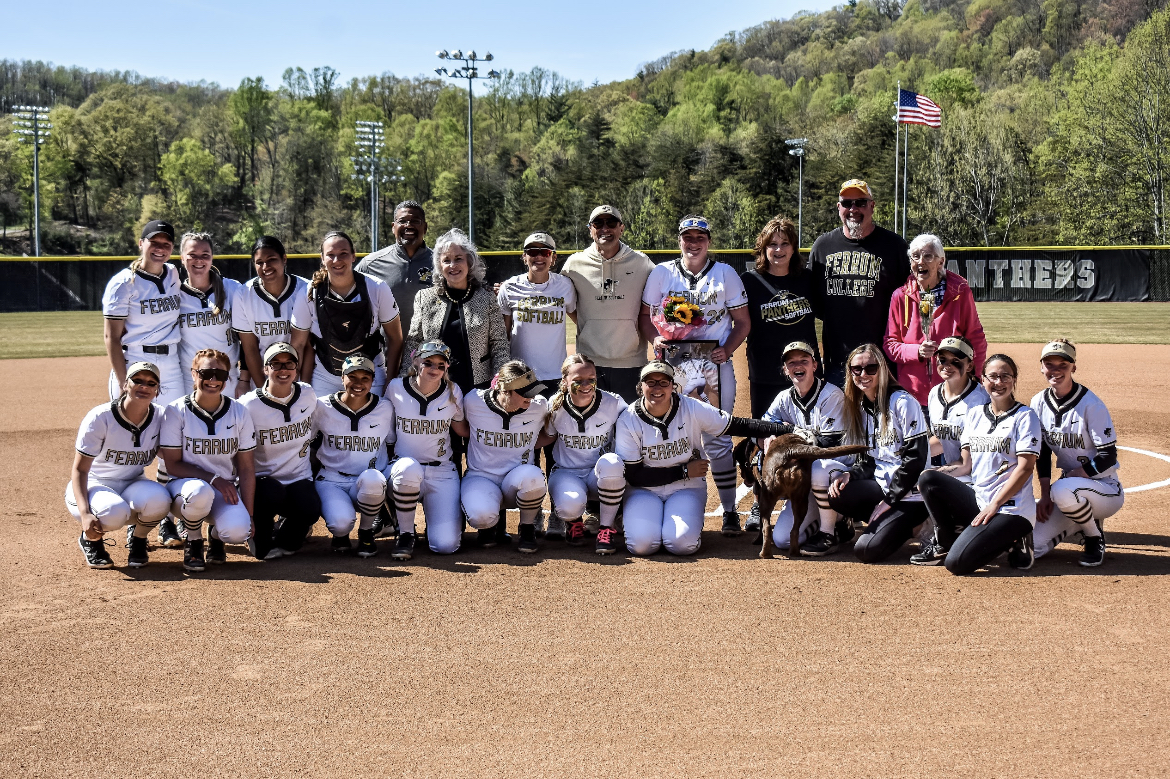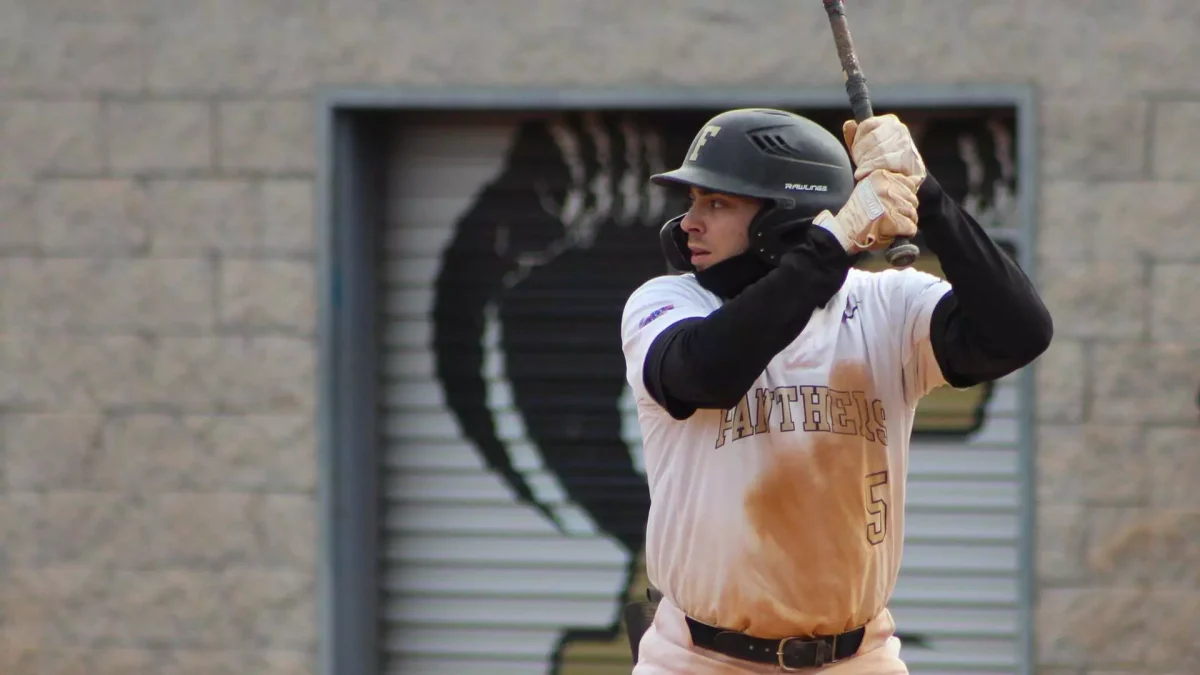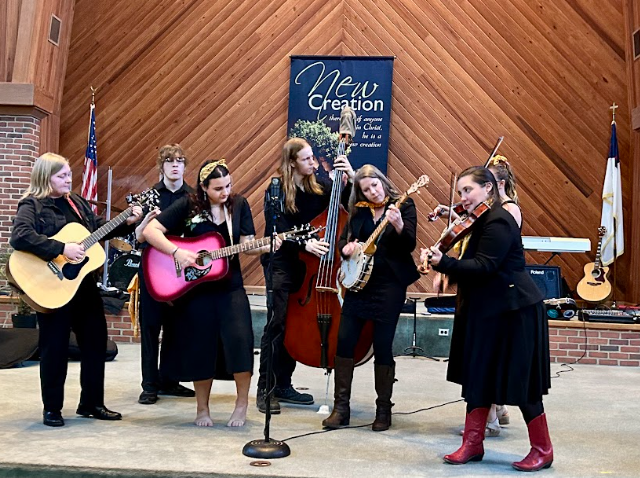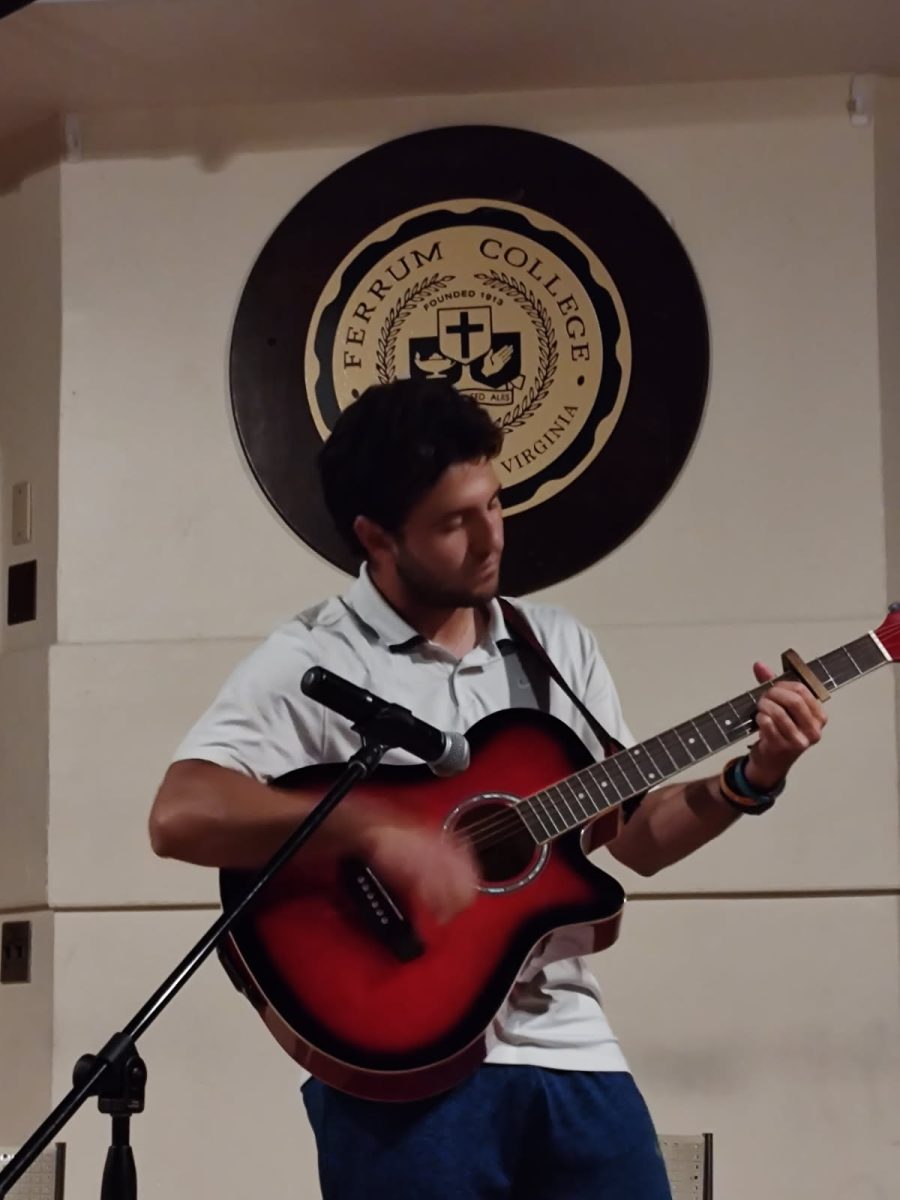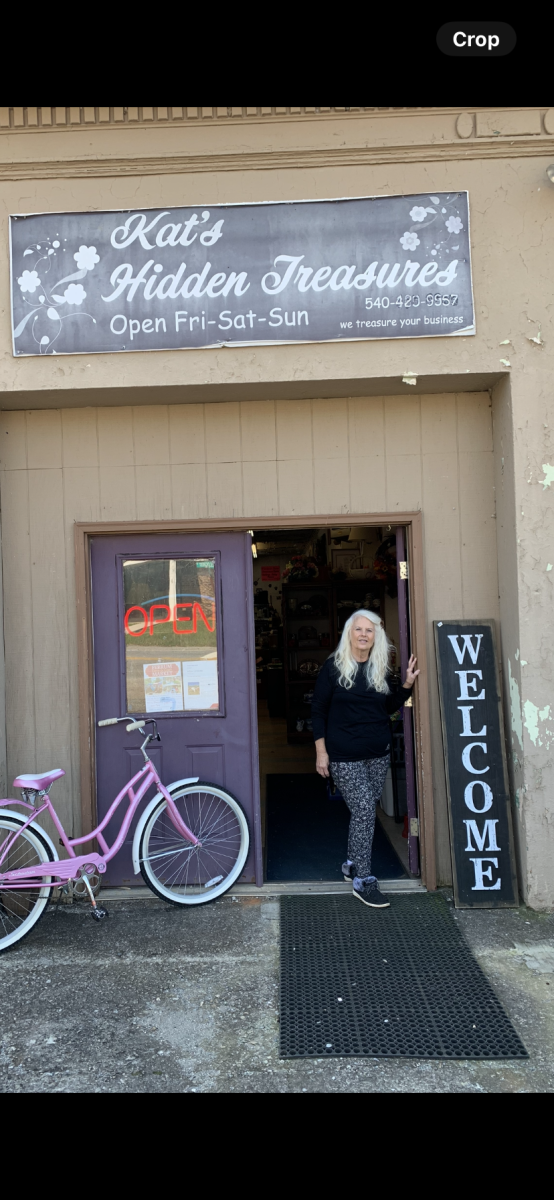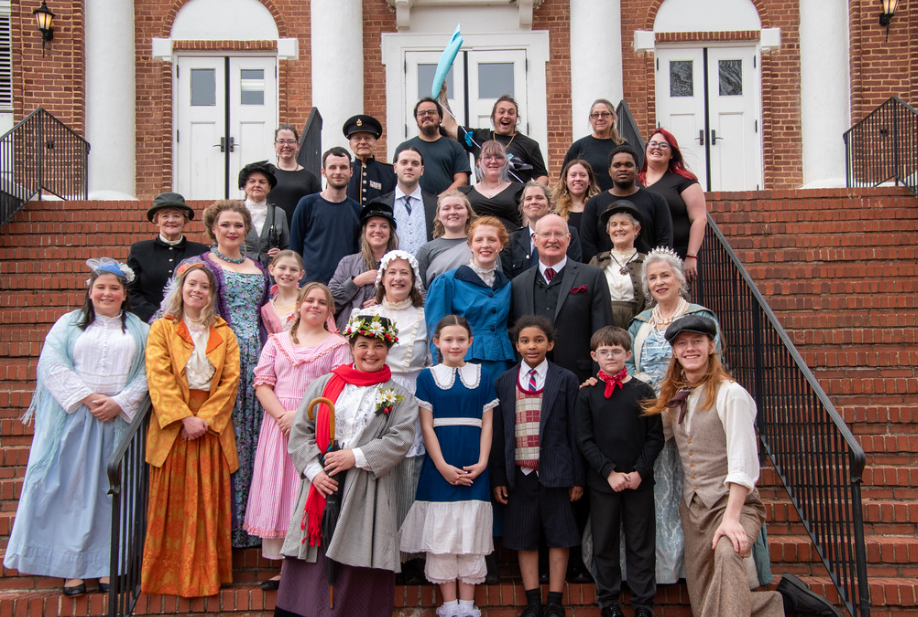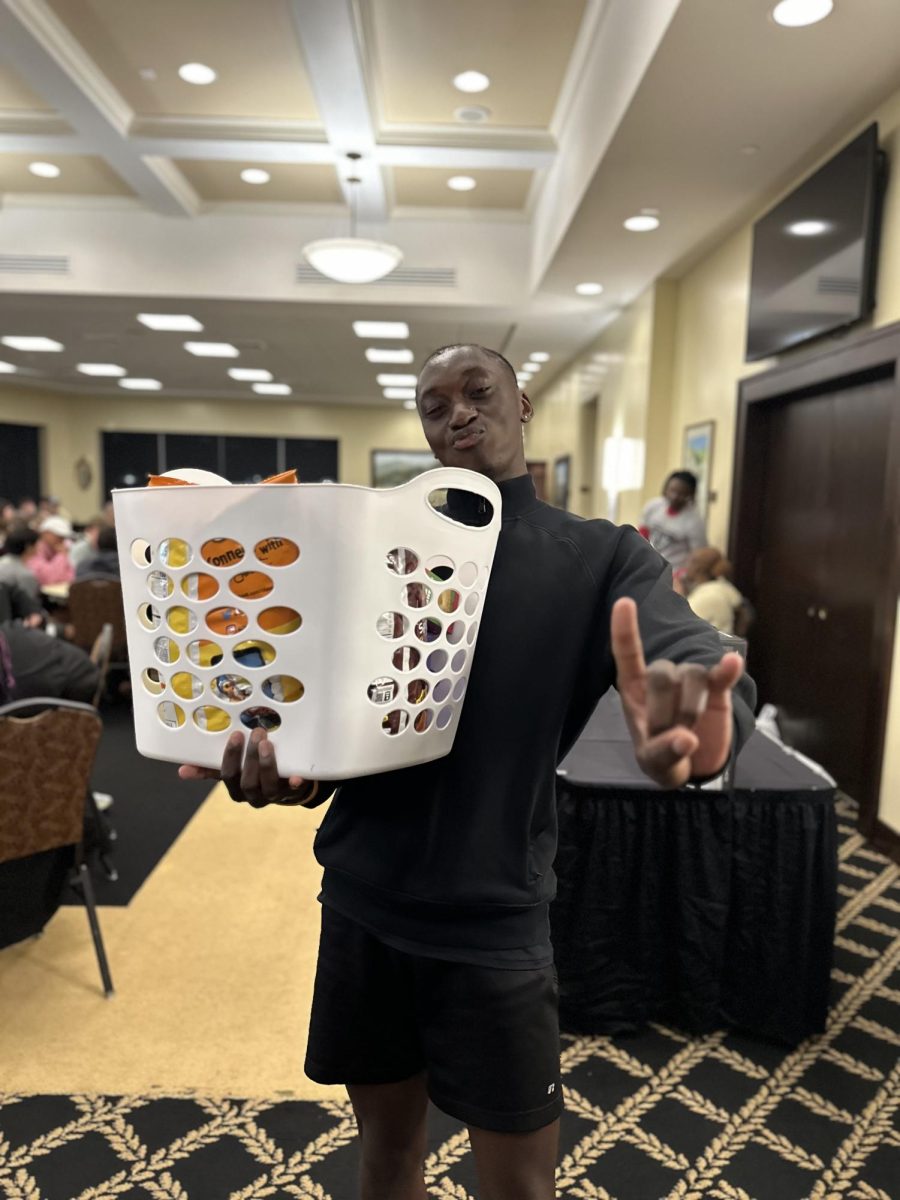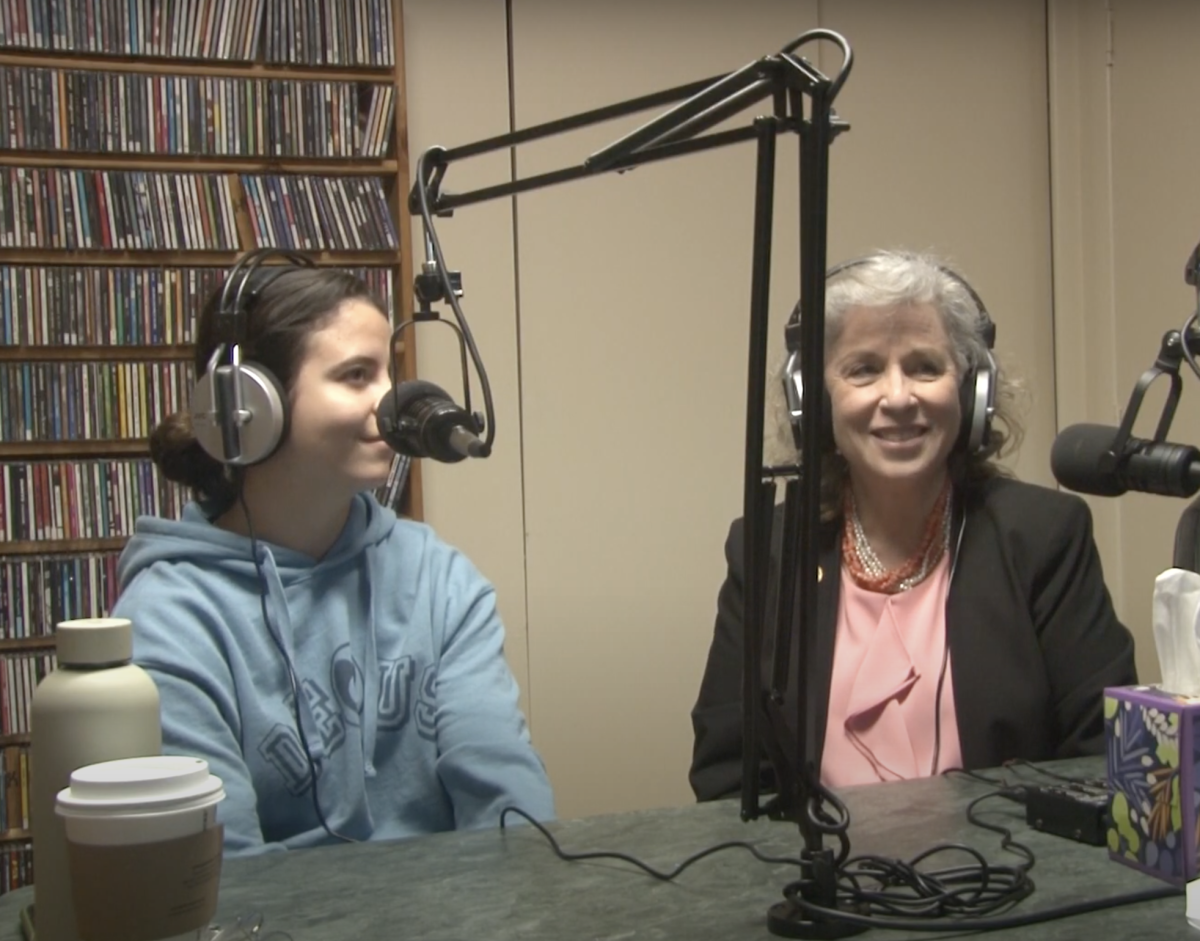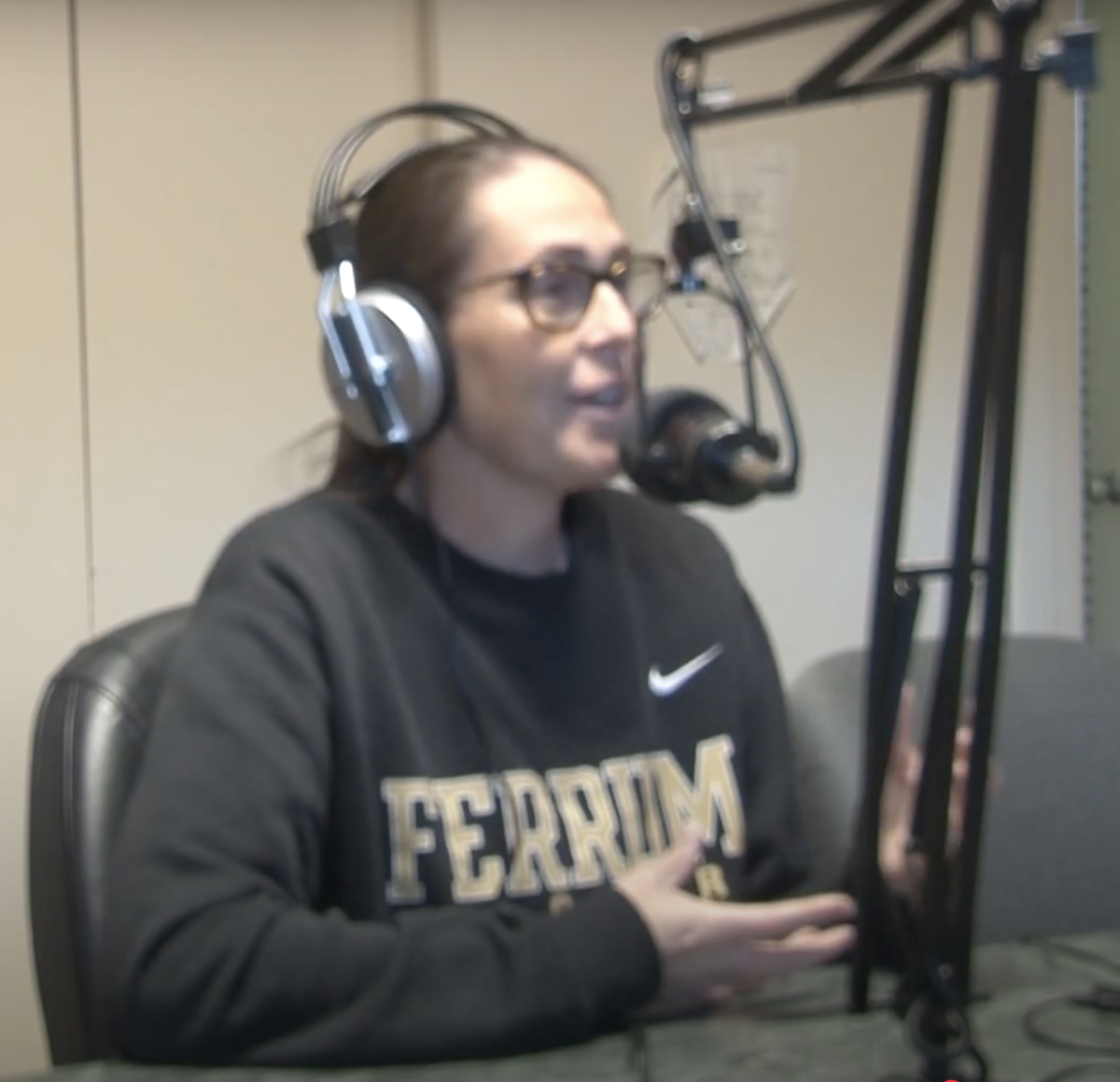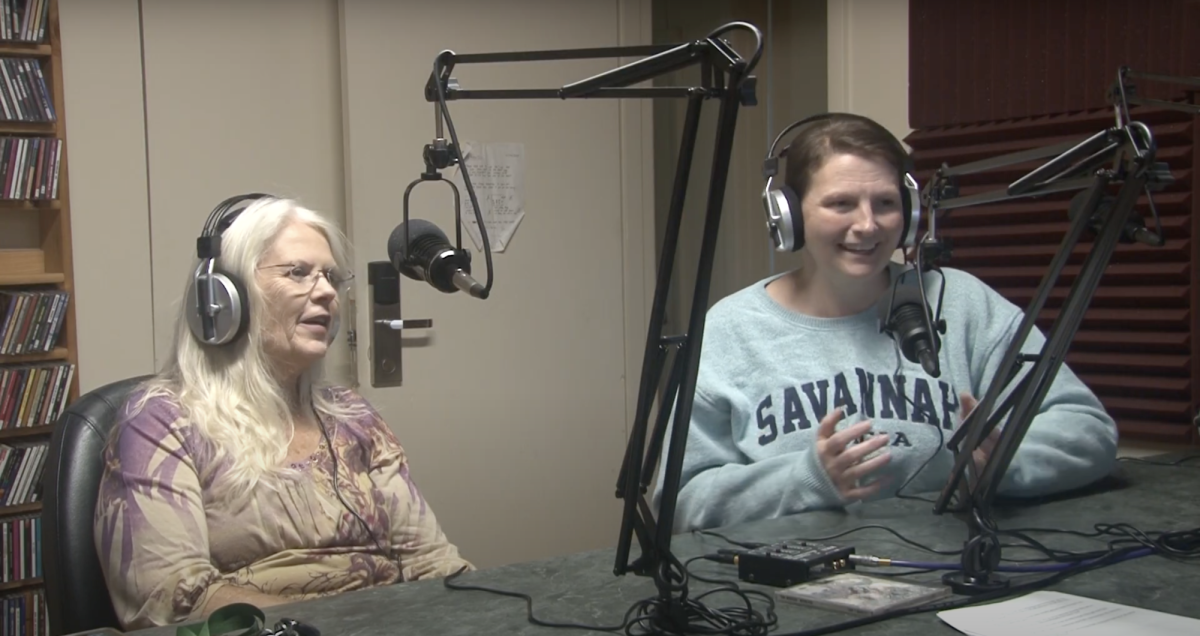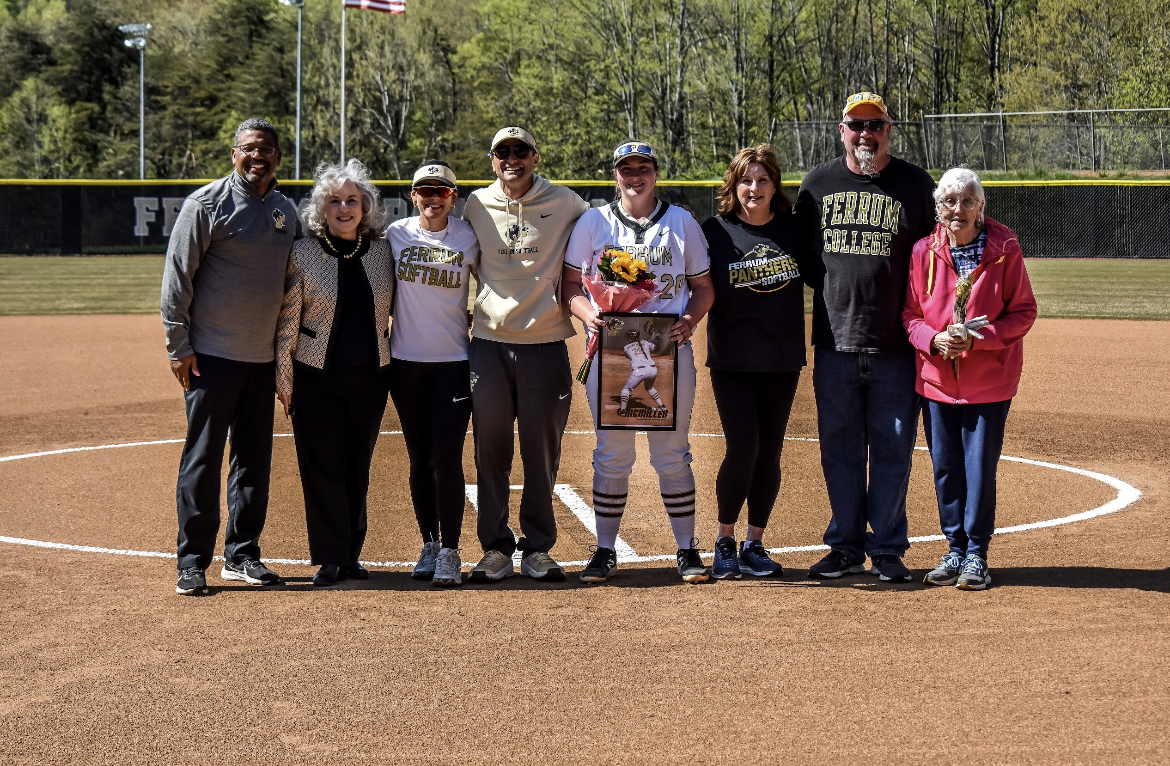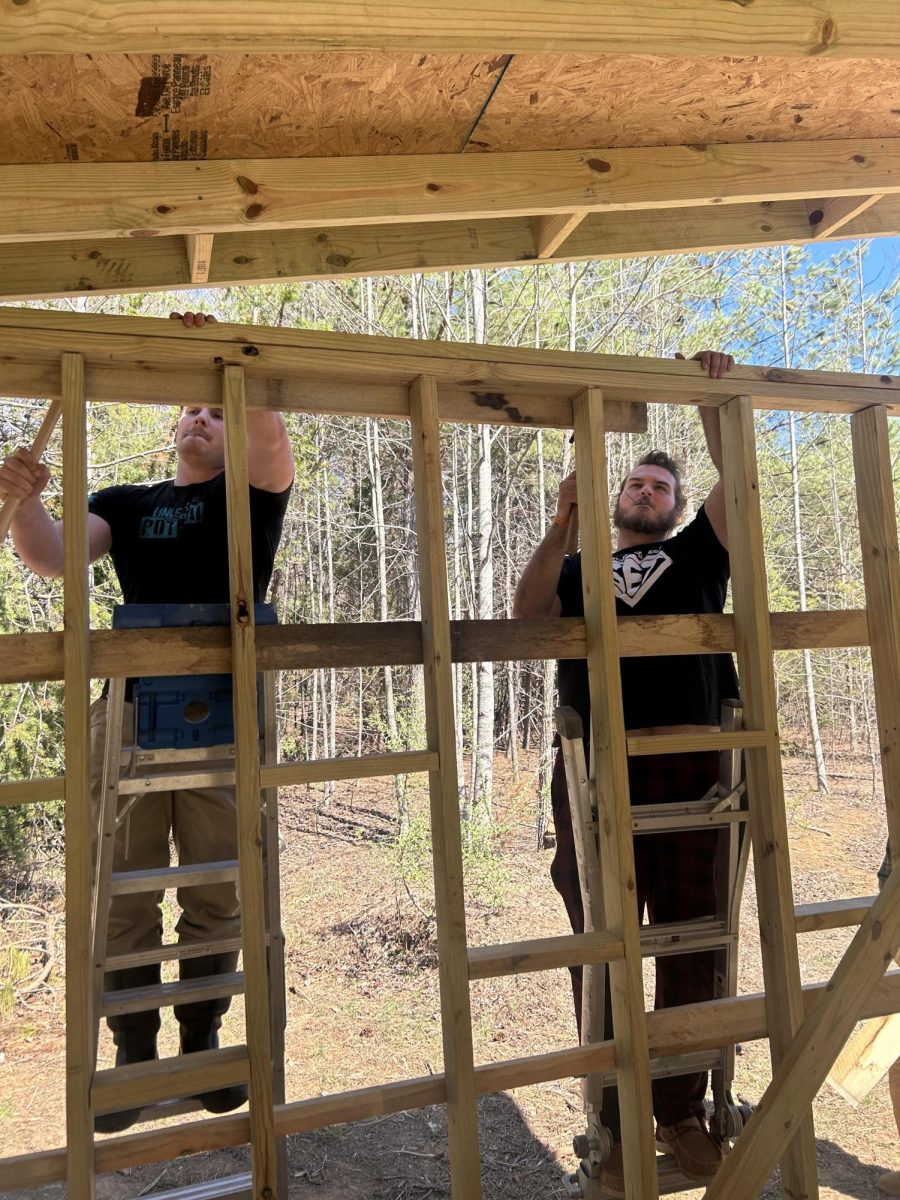What stories truly scare people and why?
What do horror stories say about everyday fears and anxieties?
What horror tropes seem timeless, and which seem to be culturally distinct or historically specific?
These are all questions English Professor Dan Murphy hopes to answer in the new course ENG 237: Horror Stories in Fiction, Film, and Television.
“I’ve not taught this course before,” Murphy said, “though I have long been fascinated by horror stories and have selectively engaged with them in both my research and teaching.”
He said that in the past few years, the attraction has increased.
“I slowly became more interested in the concerted study of horror stories when I noticed just how many of my favorite titles belonged to the genre,” Murphy said. “These stories seemed to hit a little harder than other kinds of narrative art. But until somewhat recently, I did not specifically think of myself as a horror fan.”
In his quest, and in the course, Murphy also asks the questions: What do horror stories tell us about the societies that produced them? What imaginative or cultural work do these stories perform? Why do we seek out horror stories for entertainment?
According to Murphy, many horror stories are schlocky, pulpy, exploitative, offensive, and often straightforwardly bad. And yet others can lay claim to a person’s imagination and never let go.
“They can be revelatory and productively alienating, albeit psychologically searing. ENG 237 seemed like a fun occasion to ask questions about these kinds of narratives and better understand their historical dimensions and cultural resonance.”
In the college’s course catalogue, it says the course examines a range of horror stories from across popular culture–fiction, film, and television–to assess what these narratives reveal about the historical and cultural environments that imagined them. Likely course selections include: Get Out (2017), Midsommar (2019), Psycho (1960), The Haunting of Hill House (1959 & 2018), The Shining (1977 & 1980), Alien (1979), The Conjuring (2013).
“In this course, we will hone our analytic faculties as we better understand how storytelling techniques in fiction, film, and television work to startle, provoke, and terrify us,” Murphy said. “Along the way, we will question the evolving allure of horror stories to assess what these narratives, and their reception, reveal about the environments that imagined them.”
A question that will organize the course will be: What historical forces, cultural tensions, or social formations conduce to certain kinds of expression within the horror genre?
“Ultimately,” Murphy said, “we will explore the ways in which storytellers use images of ghosts, spectral hauntings, and otherworldly forces to ask larger questions about mortality, identity, autonomy, and citizenship.”



